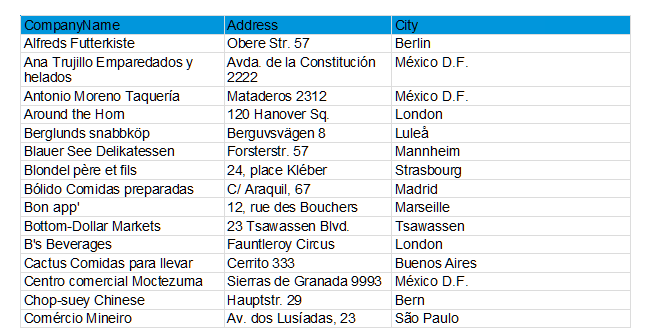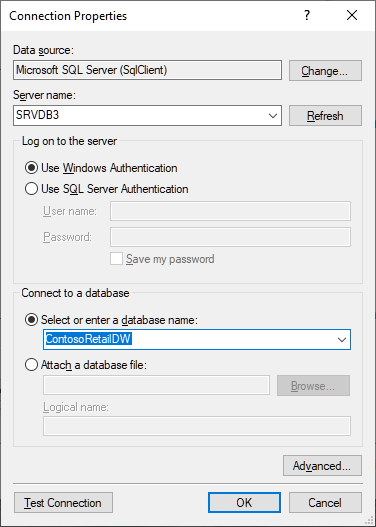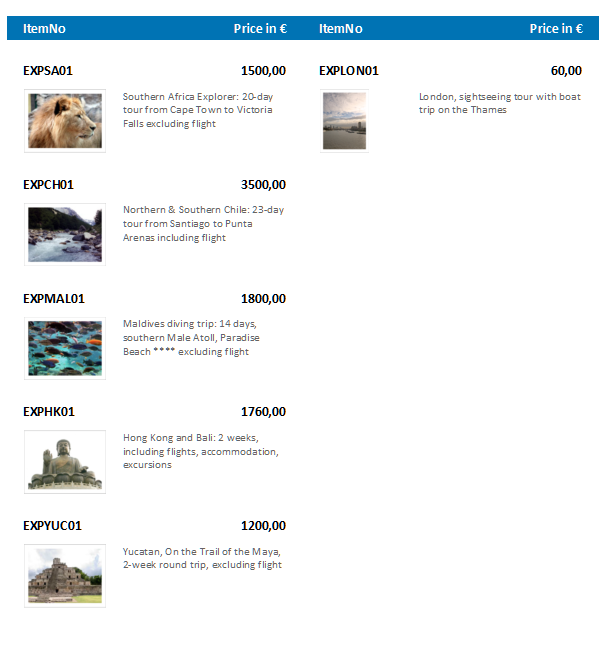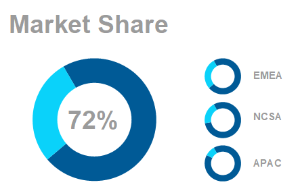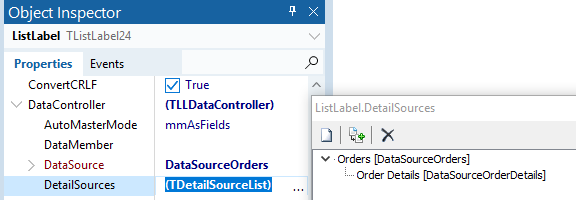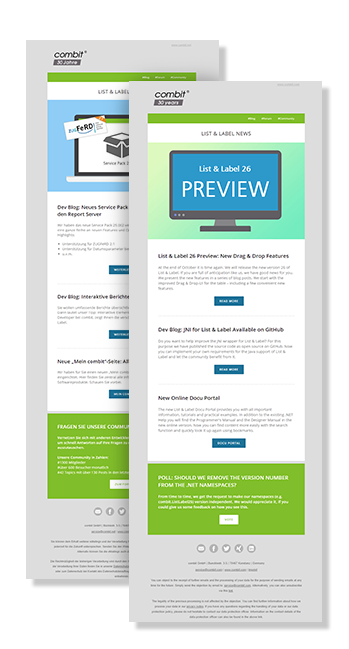Autosize for Column Widths
Another step forward in our continuing quest to improve what's already great – our table object. Until LL25, you had to decide which widths you'd like to reserve for your respective columns. While this works out just nice most of the time, sometimes the result is less than perfect.
